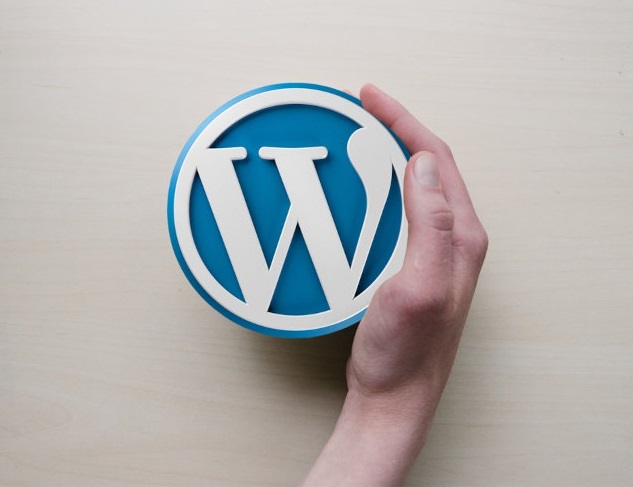In the dynamic world of blogging, words are the brushstrokes, but images are the colors that bring your content to life. Integrating images into your WordPress blog not only enhances visual appeal but also engages your audience on a deeper level. In this comprehensive guide, we’ll explore the art of using images effectively in your WordPress blog to create a captivating and immersive reader experience.
How to use images in your WordPress blog
- Selecting the Right Images: The first step in leveraging images effectively is choosing the right ones. Consider the tone and message of your blog post. Opt for high-quality, relevant images that complement your content and resonate with your audience.
- Optimizing Image Size: Large, uncompressed images can slow down your website’s loading time. Before uploading, resize and compress your images without compromising quality. WordPress offers built-in tools for this in the media library or consider using external tools like Adobe Photoshop or online platforms like TinyPNG.
- File Naming and Alt Text: Give your images meaningful names that reflect their content, aiding both search engines and visually impaired readers who rely on screen readers. Additionally, utilize the “Alt Text” field to provide alternative descriptions for images, enhancing accessibility and SEO.
- Uploading Images:
- From your WordPress dashboard, navigate to “Media” and then “Add New.”
- Click “Select Files” to upload your chosen images.
- Once uploaded, you can add titles, alt text, and captions directly from the media library.
- Embedding Images in Blog Posts:
- While editing a post or page, place your cursor where you want the image to appear.
- Click the “Add Block” button, choose “Image,” and either upload a new image or select one from your media library.
- Image Alignment and Settings:
- Experiment with image alignment (left, center, right) for a visually pleasing layout.
- Adjust image settings, such as link behavior and image size, using the block toolbar or the sidebar settings.
- Creating Image Galleries:
- Showcase multiple images in a gallery to tell a visual story.
- Insert a gallery block, upload your images, and customize the layout and settings.
- Using Featured Images:
- Set a featured image for your post to represent it visually.
- This image often appears on the blog homepage or in social media previews.
- Adding Image Widgets:
- Enhance your blog’s sidebar or footer with image widgets.
- From the “Customize” menu, navigate to “Widgets” and add an image widget.
- Consider Copyright and Attribution:
- Ensure that you have the right to use the images you choose.
- Provide proper attribution for images that require it.
Images are the visual storytellers that complement your written narrative, making your WordPress blog more engaging and memorable. By carefully selecting, optimizing, and incorporating images into your content, you can create a blog that not only captures the attention of your readers but also leaves a lasting impression. So, embrace the visual artistry of blogging, and let your words and images together paint a masterpiece for your audience to enjoy.

